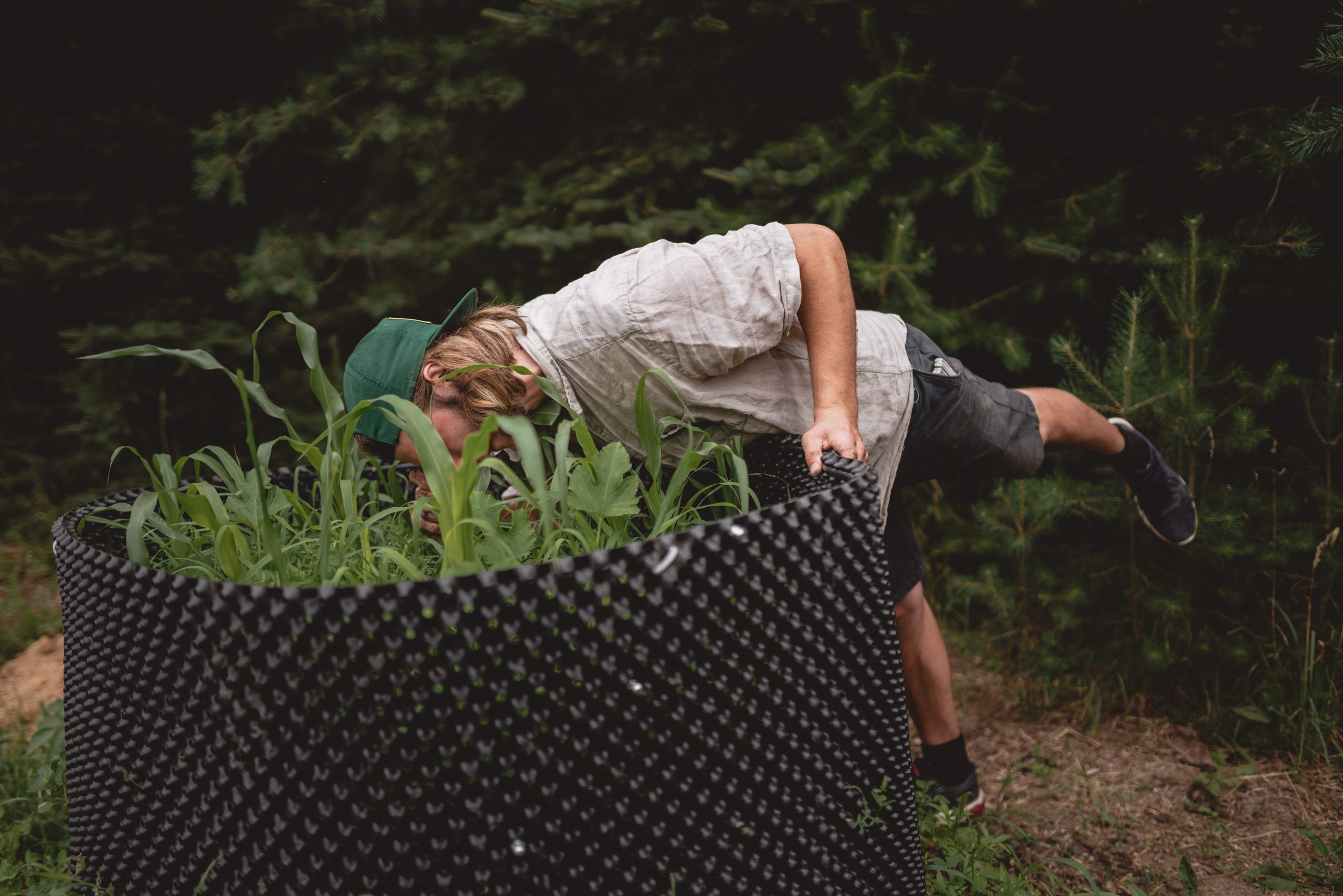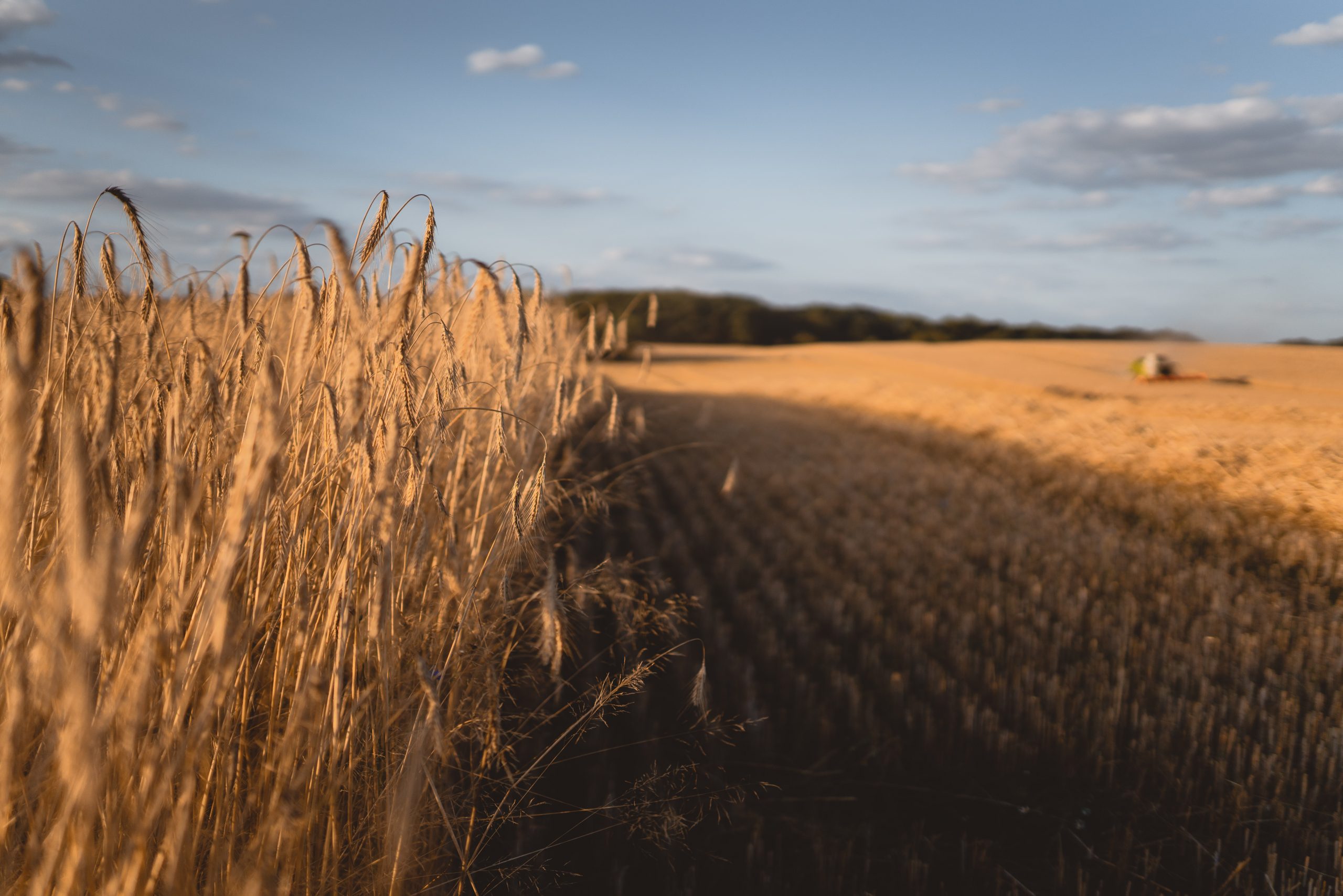From small to big
If you asked Laurenz how he would describe his job, he would proudly says that he turns shit into gold. He uses a wide variety of waste products from our farm – from organic waste, to game bones, to leaves from our park – and turns them into compost. This compost retains a diverse biology contributed to by the entire farm. The many uses of our compost include going into the young trees in our tree nursery, the newly planted rows of trees in the agroforestry and to the seeds for farming.
With our compost we want to help the soil as quickly as possible to more life, more diversity and more humus. Healthy soil also allows us to produce healthier, more nutrient-rich food and sequester CO2 in the soil.
Many of our compost trials are scientifically accompanied by different partners and extensively documented by us. In this way, we want to ensure that we achieve measurable Results on our soil health and our compost in order to make them available to other farmers. available to be able to put Here in Alt Madlitz we have
below 2% humus and extremely low diversity of biology in the soil
.
If we can help this soil become healthier, so can others. We try to implement everything with simple and available means, so that as many farmers as possible can implement these methods and the soil can benefit from them.

"Compost is magic! Waste becomes a valuable resource, the basis of all life."
"Compost offers the opportunity to create an extremely rich and diverse biology on a small scale and transfer it to a large scale. "



Small but mighty
Fermenting manure, making compost, dressing seeds and vitalizing plants – that’s the everyday life of a composter. Laurenz’s big challenge: to supply 1000 hectares of arable land with the smallest microorganisms.
One solution: seed dressing. This is where seeds are inoculated with a relatively small amount of basic compost, which has a particularly large diversity of microorganisms and living organisms. By doing this, a large amount of important microorganisms are added to the seeds at the time of sowing. Among other things, this prevents us having to drive over our fields with heavy machinery. In addition, we also inoculate our large compost with this mixture, giving it ingredients that it would otherwise not develop on its own.












